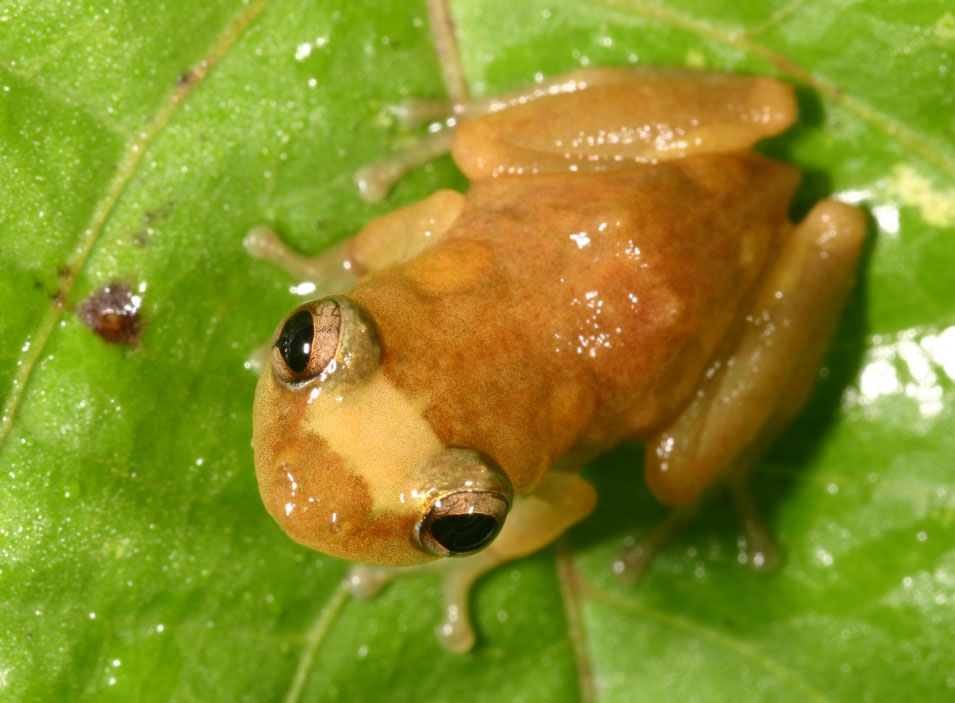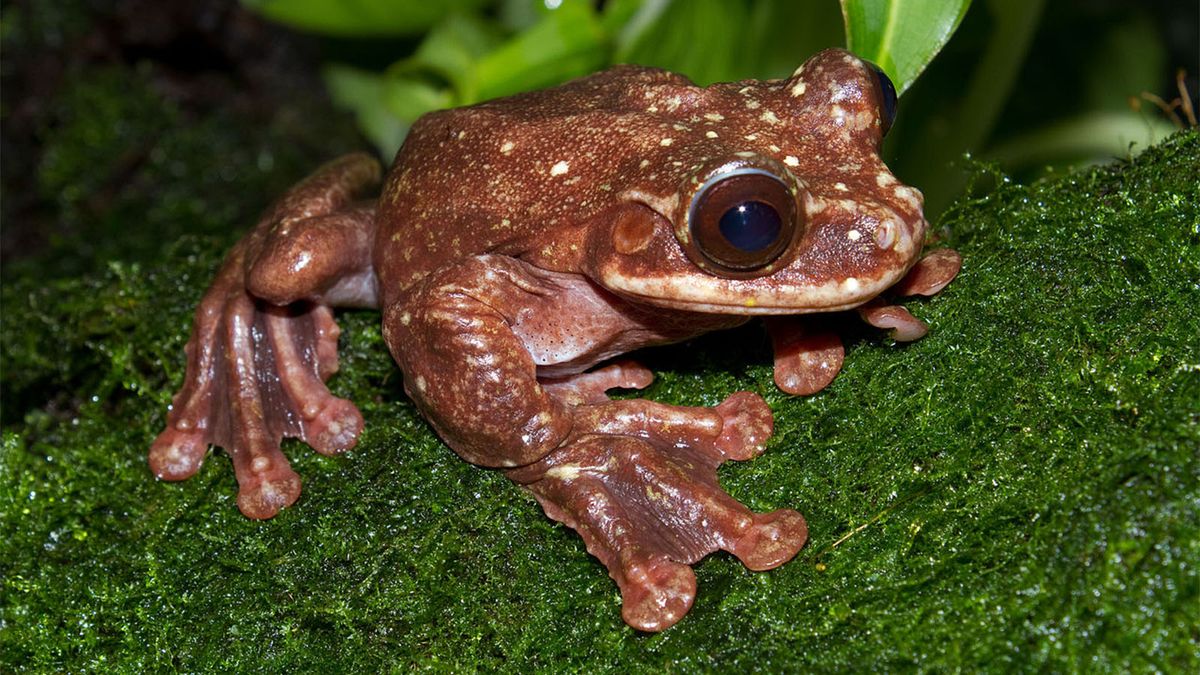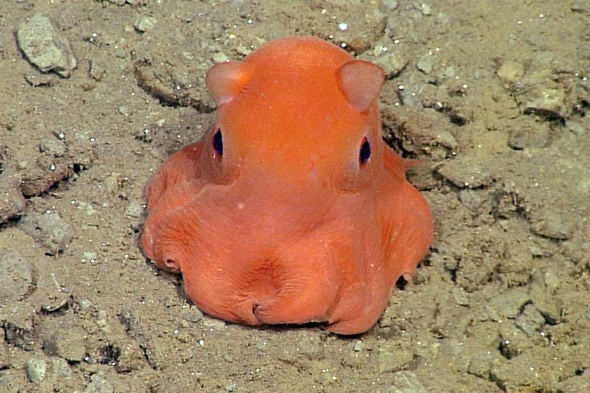The Last Croak
The Slow Extinction of Frogs and Toads
Since 1970, we’ve lost around 200 species of frogs, including the Rabb’s fringe-limbed tree frog pictured above, which went extinct in 2016. Frogs are disappearing at rapid rates, more so than any other type of animal on earth. There’s many complex, diverse reasons for these frog species going extinct, most of which are directly correlated to human activity.
Amphibians themselves have incredibly sensitive skin, and each species requires an incredibly specific environment to dwell in. Everything from pH to humidity affects amphibian well-being. Unfortunately due to deforestation, building, and many other human activities, many specialized frog and toad species find themselves driven out of their native land, and unable to adapt to other environments. Runoff into ponds and streams can cause the extinction of an entire local amphibian population because of their sensitivity. Some species may be able to move and adapt, but other species, especially in tropical areas, that encompass just one population, are very likely to go extinct.
Climate change is a major driver of this mass extinction, with rising temperatures causing disease outbreaks and unlivable conditions. Acidification of many bodies of water wipes out frog spawn, dashing any hope for many populations. Higher temperatures often result in droughts, which dries up smaller creeks and ponds that are necessary for tadpole growth in the high summer. I myself have witnessed this, wherein two summers ago, bullfrog tadpoles were prolific in this small forest pond. But then a heat wave came, which lasted for weeks. By the end of it the pond was dry, and there was no sign of life. The bullfrogs never came back, but wood frogs soon took over that pond, but they’ll never croak as loud as those rowdy bullfrogs.
Climate change and its rising temperatures have also caused an outbreak of chytrid fungus, which causes the chytridiomycosis disease in amphibians. This disease has been rapidly spreading through many populations, with many populations and even species being wiped out by this singular fungus. Chytridiomycosis affects the skin of amphibians, making it difficult, or even impossible, for an individual to breathe and drink water. The outcome of chytridiomycosis is grim, with many species having an estimated mortality rate of 100% once afflicted with the disease.
Unfortunately, as an amateur conservationist and amphibian enthusiast myself, I’m close to losing hope for many of these species. The most vulnerable will have to be taken into captivity, wherein the prognosis is only slightly better than the wild. Humans have caused too much damage for there to be one easy, sweeping solution for any of this. An individual, or even an organization of scientists won’t matter in this situation. We need worldwide governmental action, but no matter how much we campaign, it seems as though that is impossible. I guess oil, trade, the economy, etc etc is more important to them than the our own wellbeing and the planet’s wellbeing.
To end, I’m going to highlight a few of the frog and toad species we’ve lost because of ignorant government inaction, corporate tyranny, and political corruption. Thank you Koch brothers for making a much needed market for wildlife conservation!

Golden Toad, last seen on May 15, 1989

Golden Coqui

Wyoming Toad, extinct in the wild
Here’s the entire list, it’s not all of the extinct species, but I wish it was, too many frogs and toads have died: https://en.wikipedia.org/wiki/List_of_recently_extinct_amphibians
Sources:
https://en.wikipedia.org/wiki/Golden_toad
https://www.theguardian.com/environment/radical-conservation/2016/oct/27/rabbs-fringe-limbed-treefrog-frog-amphibians-extinct-extinction-media
https://animals.howstuffworks.com/endangered-species/frog-extinction.htm
https://en.wikipedia.org/wiki/List_of_recently_extinct_amphibians




/GettyImages-528162130-53d0c5076eb14915ade61b5d3021294f.jpg)